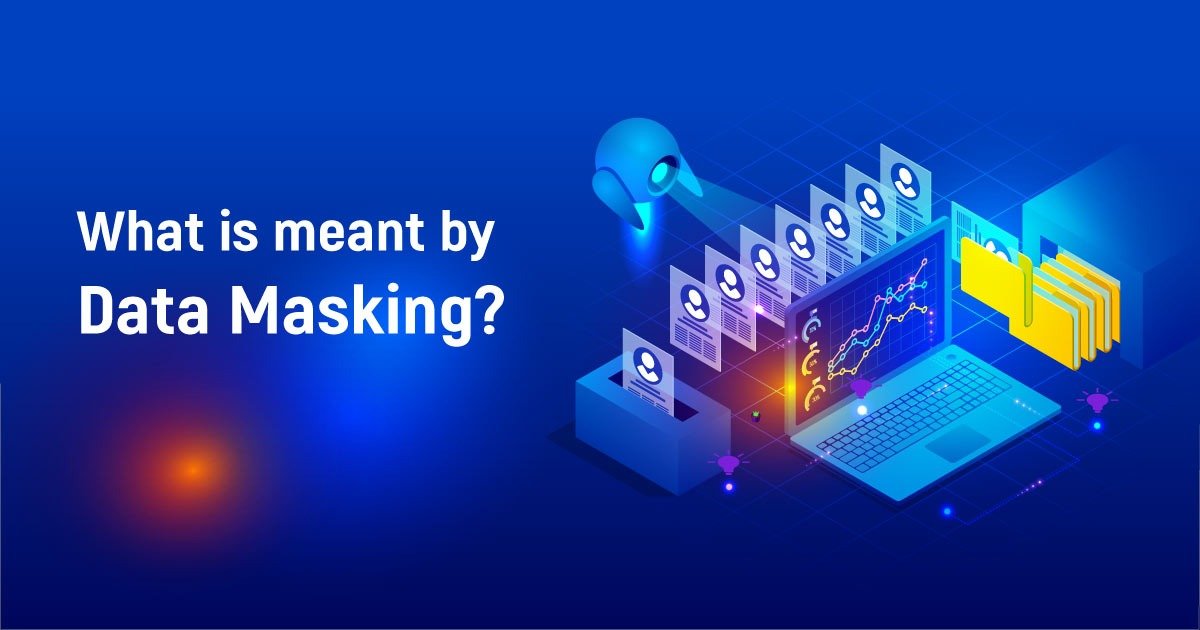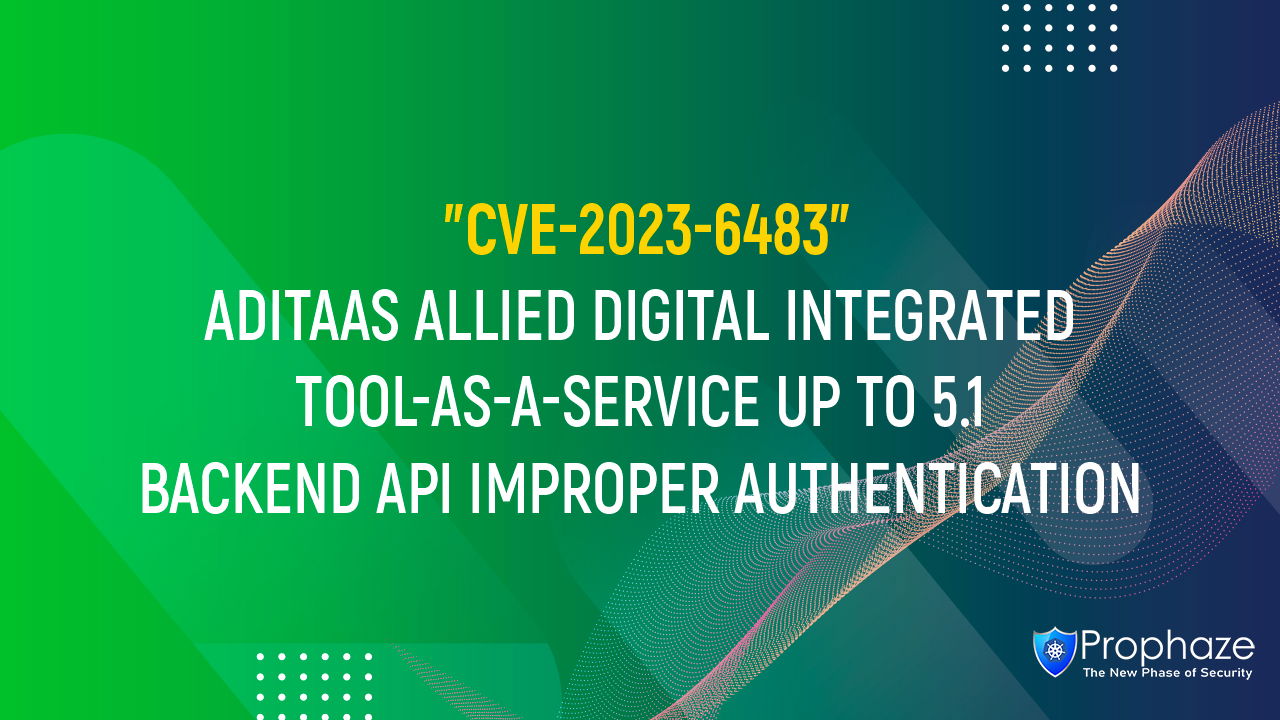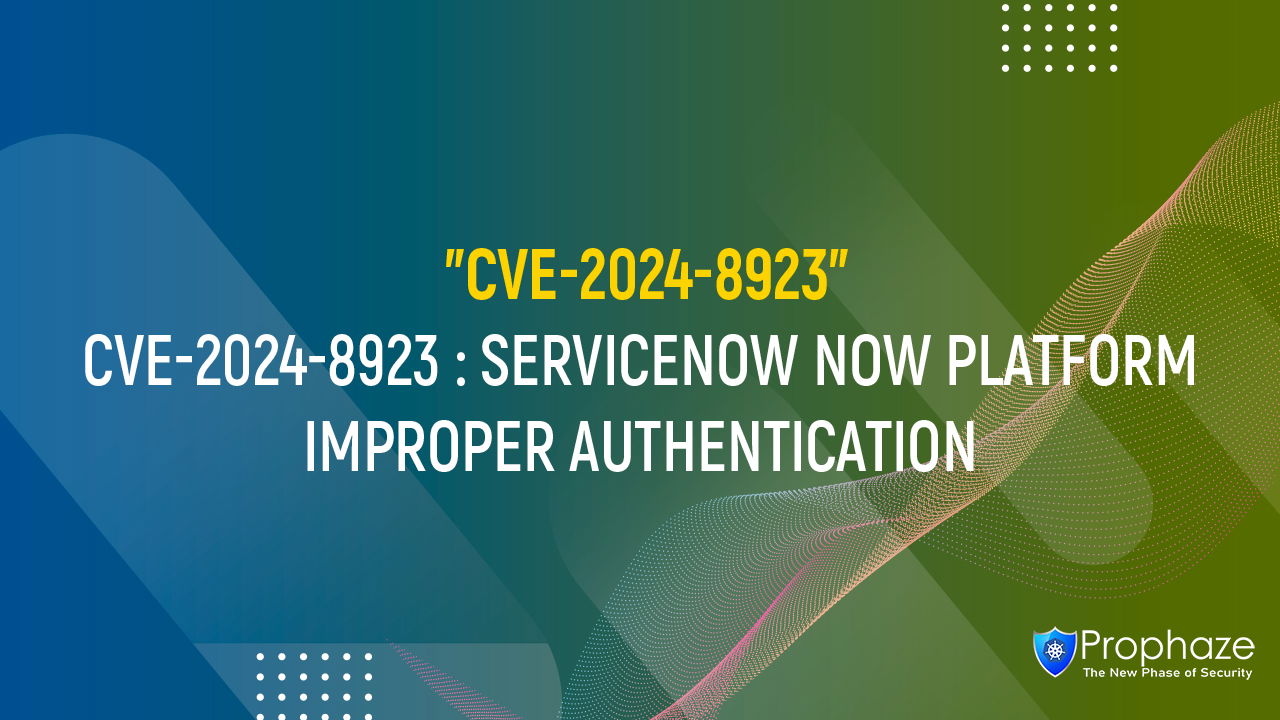Data masking is a technique used to protect sensitive information by replacing it with fictitious data. This technique is particularly useful for organizations that need to share data with third parties or use it for testing and development purposes. In this blog, we will discuss data masking, types of data masking and its benefits.
What is meant by Data Masking?
Data masking is a process of obfuscating sensitive data such as credit card numbers, social security numbers, and other personally identifiable information. The purpose of data masking is to protect sensitive data from unauthorized access while still allowing the data to be used for testing or analysis purposes.
Types of Data Masking
There are various types of data masking techniques that organizations can use, including:
Randomization:
This technique involves replacing sensitive data with random characters or values, making it impossible to link the masked data to the original data.
Substitution:
This technique involves replacing sensitive data with a similar, but fictitious value. For example, a credit card number could be replaced with a different credit card number that follows the same format.
Encryption:
This technique involves transforming sensitive data into an encrypted format using an encryption algorithm. This ensures that the data is protected even if it falls into the wrong hands.
Tokenization:
This technique involves replacing sensitive data with a unique token, which is a reference to the original data stored securely in a separate location.
Benefits of Data Masking

Data masking offers several benefits for organizations, including:
Compliance:
Data masking can help organizations comply with regulations such as the General Data Protection Regulation (GDPR) and the Health Insurance Portability and Accountability Act (HIPAA) by protecting sensitive data.
Security:
Data masking can prevent sensitive data from being accessed by unauthorized users, reducing the risk of data breaches and cyberattacks.
Cost savings:
Data masking can reduce the cost of data management by allowing organizations to use masked data for testing and development purposes, rather than creating duplicate data sets.
Conclusion
Data masking is an effective technique for protecting sensitive data while still allowing it to be used for testing, analysis, and sharing purposes. By using techniques such as randomization, substitution, encryption, and tokenization, organizations can protect sensitive data and reduce the risk of data breaches and cyberattacks. Data masking also offers compliance benefits and cost savings, making it a valuable tool for organizations that handle sensitive data.








